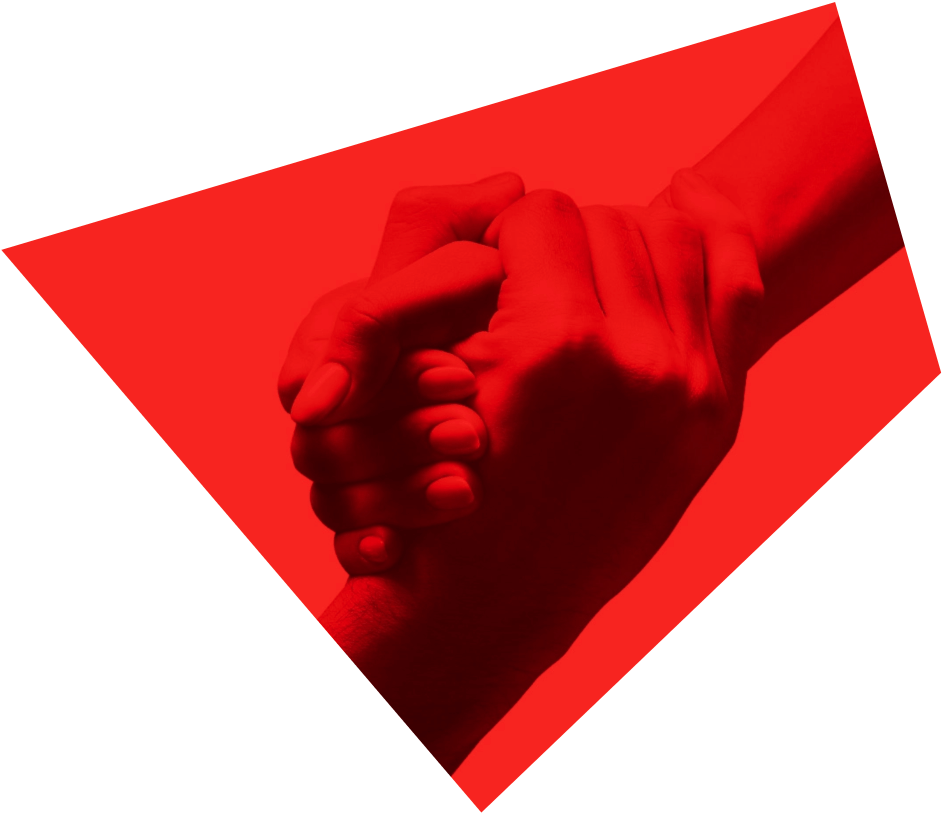This editorial first appeared in the Toronto Star on May 12, 2019.
Another year, yet another unsuccessful highly public prosecution.
On Wednesday, federal prosecutors announced a stay of charges against Vice-Admiral Mark Norman, ending a four-year circus that took an untold toll on the reputation, finances and family of a career public servant with an otherwise unblemished reputation.
The decision by the Public Prosecution Service of Canada (PPSC) also had a benefit for the Liberal government. It ended the awkward prospect of a trial, which would have featured a parade of high-level cabinet ministers (current and former) along with their colleagues from the Prime Minister’s Office and the Privy Council Office.
Many commentators smell a rat — a desperate measure by a government to save face ahead of an increasingly tight election. I don’t share their view.
Credit where credit is due: Norman’s remarkable lawyer, Marie Henein and her spectacular team, robbed the PPSC of the “reasonable prospect of conviction” test, which the service needed to proceed.
And while Henein went out of her way to praise the integrity of the PPSC, she was not so kind to the Department of Justice and the government itself.
As Henein put it, “No person in this country should ever walk into a courtroom and feel like they are fighting their elected government or any sort of political factors at all.”
This whole sorry business raises serious questions as to what is going wrong with the administration of justice in this country.
Time and again, we have seen high-profile prosecutions collapse or defendants decisively acquitted. It is now clear that there are systemic problems that drive these failings, not least of which is the way investigations are prioritized by police agencies like the RCMP.
Most cases pursued by the PPSC are led by RCMP investigators, who seem to take forever. What’s more, when it comes to significant political and corporate securities cases, prosecutors, it seems, are often not equipped with the evidence they need to see the case through.
Consider the RCMP’s three-year investigation of Sen. Mike Duffy. Years after his suspension from the Senate, Justice Charles Vaillancourt acquitted Duffy of all counts and criticized the Crown for the deficiencies of their case. Shortly thereafter, the Crown decided not to charge Sen. Pam Wallin after another three-year probe by the RCMP.
We have seen this issue at the provincial level as well. In 2017, Gerry Lougheed and Patricia Sorbara were investigated by the OPP for more than two years for alleged bribery violations of the Election Act. The trial was highly politicized and then-Premier Wynne even travelled to Sudbury to appear as a witness. The presiding judge acquitted both Lougheed and Sorbara by way of a directed verdict, arguing that no reasonably instructed jury could convict based on the Crown’s evidence.
It appears there is a common thread that runs from the Senate investigation to that of Mark Norman. Due to the highly publicized and political nature of each, the PPSC and the police forge ahead with cases that will ultimately be abandoned or blown out of the water at trial.
All too often it seems, prosecutors carry on because they are fearful of dropping these high-profile cases. They take the position that it is too risky for them to exercise their prosecutorial discretion, and they’re fond of saying, “That’s what we have judges for.”
In the process, precious resources are wasted, and untold harm and reputational grief inflicted on those who are accused. Not the least of which is having their lives on hold for years, and the uncertainty that accompanies that.
To be clear, broad prosecutorial discretion is a prerequisite for a healthy criminal justice system. Without wide latitude in exercising that discretion, the Director of Public Prosecutions and her colleagues would be denied the true independence on which we all depend.
But after so many false starts on the part of the PPSC, the question must be asked: at what point does the excuse of a series of unrelated occurrences stop and a troublesome pattern begin?
It is a concern that needs to be raised if the very foundation of our justice system — the public’s confidence in its competency, fairness, impartiality and independence — is to be upheld.
